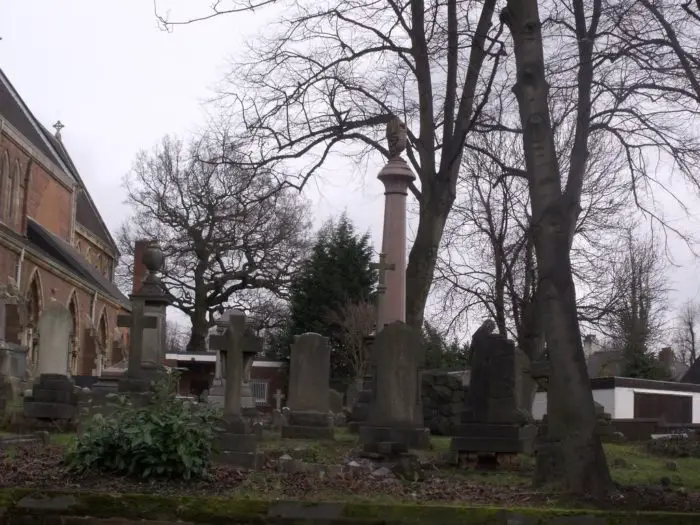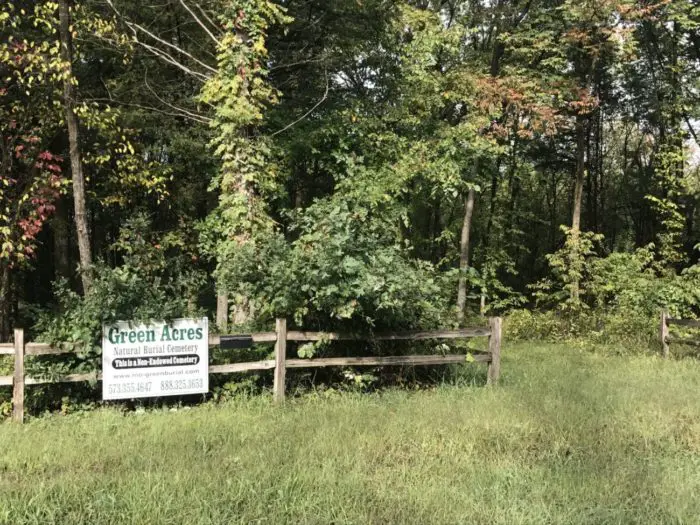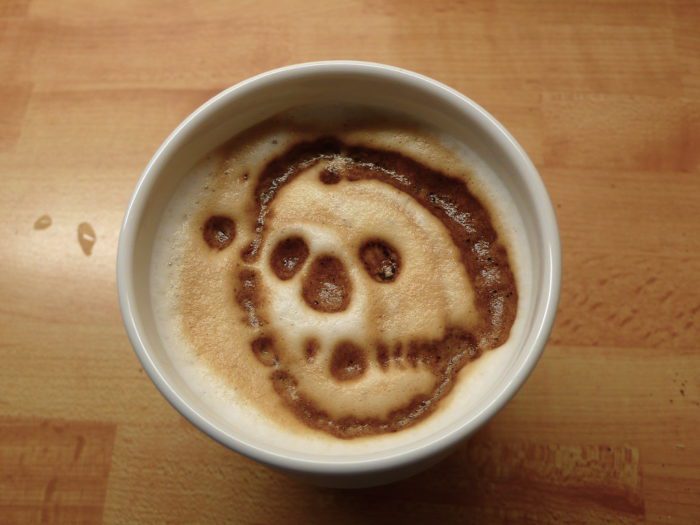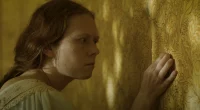Death positive may sound creepy, unhealthy, and downright crazy, but the Death Positive Movement is about taking the stigma out of talking about death to embrace the inevitable.
I like surrounding myself with death imagery (skulls, coffins, etc.). Along with eccentric taste in decor, I have a curiosity about everything surrounding the subject—from the stages of decomposition to autopsies and embalming. People criticize my interest as depressing and unhealthy. Actually what is depressing and frustrating is when people constantly criticize and tell you that you have to change everything about yourself. Fortunately, for me, I never listen to those people.
I’ve concluded that perhaps my interest in death and dying is healthier than people who ignore it. Watching many true-crime docuseries, especially Autopsy on HBO, gave me an interest in pursuing a career in forensic science. I also thought about becoming an embalmer. Unfortunately, I wasn’t able to do that but is having career ambitions mentally unhealthy?
I was interested in information on mortuary science and embalming. My search led me to YouTube. I found many channels where funeral directors and embalmers talk about their job, and it’s here that I came across the Death Positive Movement through a channel called Ask a Mortician with Caitlin Doughty.

Caitlin Doughty and the Order of the Good Death
In her videos, Doughty explains different aspects of death and the death industry to her viewers, who she refers to as “Deathlings.” Doughty started the website, The Order of the Good Death, and is the author of three books detailing her journey toward death positivity, her observations of various death rituals around the world, and answering children’s questions about death: Smoke Gets in Your Eyes, From Here to Eternity, and Will My Cat Eat My Eyeballs.
Doughty began a career in the funeral industry at a crematory. Much of what she witnessed caused her to question the industry practices. She questioned why American or Western death practices were taken out of the home and out of the families’ hands. Before funeral homes existed, families washed and dressed their deceased loved ones. Wakes were held in the home. Doughty challenges widely held beliefs about death such that just being in the same room as a corpse can make someone sick. She questions embalming practices and talks about options such as natural burial and open-air cremation.
Instead of quitting the industry, she decided to attend mortuary school. In her autobiography, Smoke Gets in Your Eyes, she talks about how she arrived at the realization that she wanted to change the funeral industry. She figured that learning what licensed embalmers and funeral directors are taught was a better way to effect change from inside of the industry.
Doughty also traveled all over the world to observe death practices in other cultures. In her book, From Here to Eternity, Doughty recalls her travels with vivid and engaging descriptions of practices from Mexico’s Dia de Los Muertos to Japanese cremations.
In between times, Doughty started her YouTube channel, where she answers questions regarding basic procedures such as methods of closing a corpse’s mouth for viewing to what happens to a body during cremation. She also addresses laws surrounding the treatment of a dead body and the rights of the family. Doughty approaches the subject in a way that’s entertaining and informative which may not be to everyone’s liking. In a Guardian article from 2017, “Welcome the reaper: Caitlin Doughty and the ‘death-positivity’ movement,” Doughty said:
“Death is such a difficult topic […] Who wants to sit down and talk about their advanced directive, or talk about what somebody wants to be done with their body when they die? That just seems like one other emotional burden, so if you’re not treating it with humor and a lightheartedness that makes it seem like not another incredibly emotionally draining task, nobody’s going to do it or have these conversations.”
Doughty has become a central figure in the Death Positive Movement. The movement’s members promote healthy discussion and exploration of death and provide information on alternatives to mainstream funeral practices such as open-air cremation and natural burial.

A 2020 Nerdist article, “The Death Positive Movement Encourages Us To Face Death Directly,” quotes Doughty: “Here’s what the death positive movement doesn’t mean. It doesn’t mean that you’re real positive about death. You’re not like ‘Whoo my mom died!’ Death positive is saying it’s okay to be interested in death. So being death positive is saying we want to improve our culture. We want to have more eco-friendly death practices. We want to have better conversations around death and nobody has to hide that.”
Doughty accomplished her goal of opening her own funeral home, Clarity Funerals and Cremation, in Los Angeles which offers families a wide spectrum of options. Doughty wasn’t alone in her vision of a death positive society. The Death Positive Movement is a diverse group of not only funeral industry professionals but artists and academics.
Death Salon
The Order of the Good Death’s sister organization, Death Salon, hosts annual events featuring a variety of exhibitions including talks open to Order members only as well as events open to the public. Members aren’t only funeral professionals but also include artists, writers, musicians, and various professions. A 2017 Pacific Magazine article, “The Death-Positive Movement,” describes a past Death Salon featuring a Death Cabaret, organized by Doughty which included: ” […] elements of a party with flash talks, short films, and a performance by Adam Arcuragi, the founder of the ‘death gospel’ genre.”
Megan Rosenbloom, a former medical librarian, and current Collection Strategies Librarian at UCLA Library in Los Angeles is the director of Death Salon. Doughty is listed as co-founder and writer Sarah Chavez assists Rosenbloom. According to Pacific Magazine, Death Salon was born when Order members decided to plan a formal gathering. Rosenbloom volunteered to organize it.
Pacific Magazine quotes Rosenbloom: “I’m not going to pretend that I’m the most death-positive person, or that I’m completely comfortable with the idea that I could drop dead at any moment […] But I think it’s really worthwhile for people to engage with that. I feel the zeitgeist is changing. People are rejecting the idea that the denial of death is a good thing.”

Death Cafe
Besides Death Salon, there is also Death Cafe which is a non-profit gathering of like-minded people to talk about death in an informal setting. Death cafes are held in private homes or a “pop-up/temporary venue.”
Swiss sociologist and anthropologist Bernard Crettaz organized the first Death Cafe in 2004. Jon Underwood, a web developer from the UK, spread the idea in 2011. Since then, Death Cafes have been held in 81 countries. Since Underwood died in 2017, his mother, Susan Barsky Reid, a licensed counselor and psychotherapist; Underwood’s sister, Jools Barsky, and his wife, Donna Molloy now organize Death Cafe. Lizzy Miles and Megan Mooney hosted the first Death Cafe in the U.S.
According to a 2013 NPR article, “Death Cafes Breathe Life Into Conversations About Dying,” Underwood and his mother held the first Death Cafe in his basement. NPR quotes Underwood: “When people sit down to talk about death, the pretense kind of falls away, and people talk very openly and authentically […] And they say things in front of strangers which are really profound and beautiful. And for English people to do that, with our traditional stiff upper lip, is very rare.”
In a 2013 USA Today article, “Death cafes’ normalize a difficult, not morbid, topic,” Miles, a Columbus, Ohio social worker said, “They’re a place to talk about the issues surrounding death while drinking tea and eating delicious cake.”
Usually, at a Death Cafe, attendees break off into groups for their discussions. While Death Cafe is not a support group, there are mentors available with information on where to get help if needed. During Death Cafe, monitors go around the room to supervise discussions to see if anyone may need counseling.

Death Doulas
Part of the Death Positive Movement has opened up a new field of professionals—end-of-life doulas or death doulas. A 2018 New York Times article, “The Positive Death Movement Comes to Life,” mentions end-of-life doula training. End of life, AKA death doulas, ease those who are dying into their final day. While hospice workers are health care workers, death doulas provide emotional, physical, and spiritual support.
A 2021 New York Times article, “‘Death Doulas’ Provide Aid at the End of Life,” quotes statistics that point to a growing interest in this profession. The National End-of-Life-Doula Alliance was founded in 2018. According to the organization’s president, Angela Shook, there are currently about 800 members with membership almost doubling in 2020 alone. More death doula training programs have popped up: the International End-of-Life Doula Association, Doulagivers, and the Doula Program to Accompany and Comfort, a nonprofit run by a hospice social worker, Amy L. Levine.
The Death Positive Movement is for people who want to embrace the inevitable and explore different ways of doing it. Discussions vary from alternative funeral and end-of-life practices, information on the rights of the deceased and their loved ones, to possible career paths such as death doula training and simply answering the basics about decomposition and the funeral industry. There’s literature available for all your death questions and funeral needs. The Order of the Good Death has a book page that lists all types of resources available. I also highly recommend Doughty’s books as both informative and entertaining reads on the subject.



